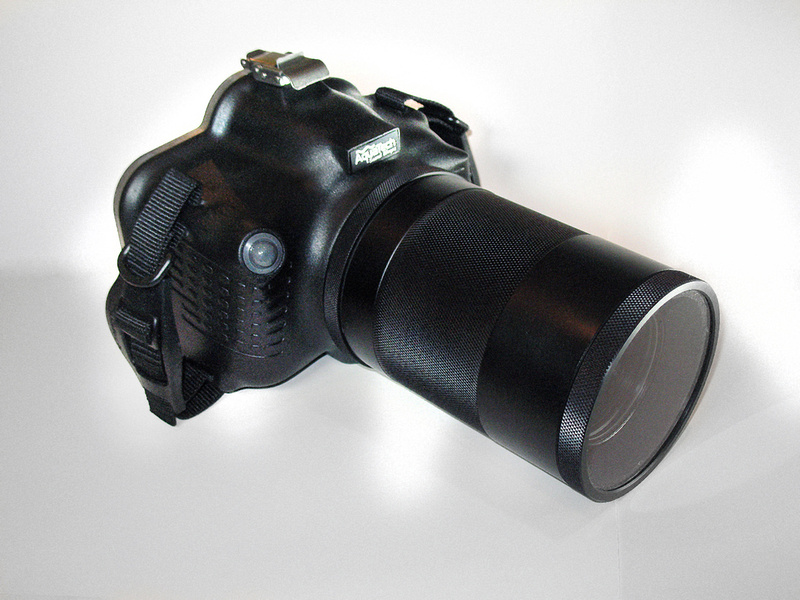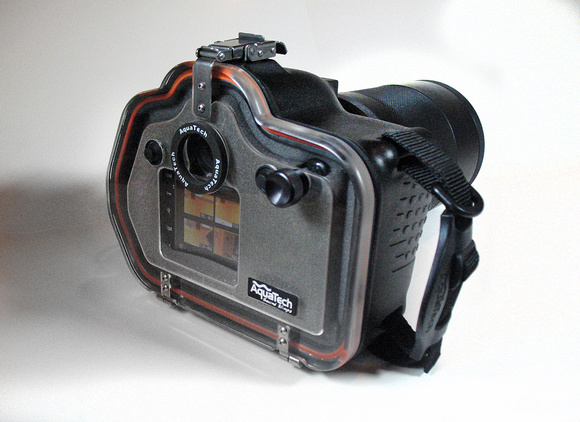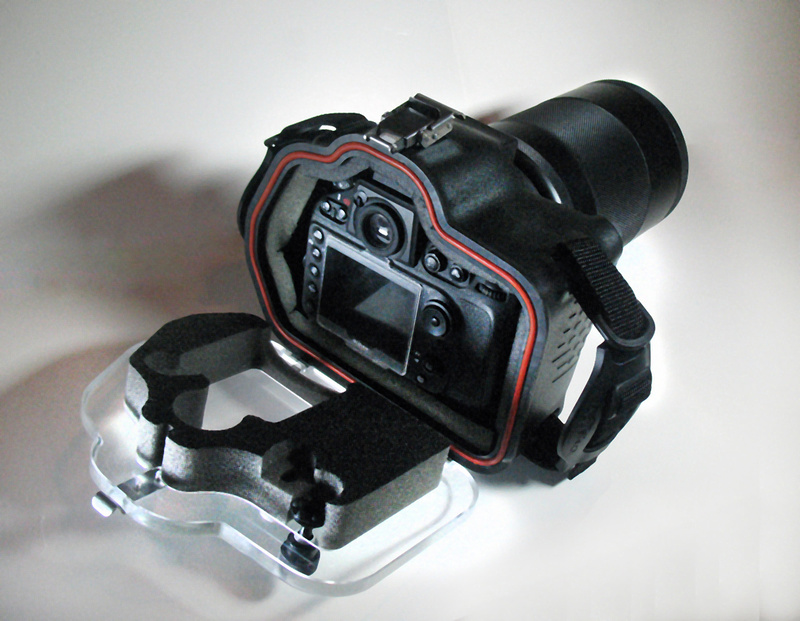QUIET ON THE SET
Ramping up my game plan as a freelance commercial and editorial photographer, following 21 years at The Times-Picayune daily newspaper in New Orleans, recently took an interesting turn when it was suggested I explore movie-stills photography. Providing support was my brother-in-law Jerry Jacob, a hot-shot steadycam and camera operator, who has worked in the television and movie industry for a gazillion years (check out his IMDb portfolio at www.imdb.com/name/nm1545115 if you wish to see his impressive credentials), and his daughter Rachel, a former production assistant who works as an associate producer in Atlanta.
In many ways this was a family affair.
Yet still photography is a highly competitive genre because – guess what? – everybody under the sun apparently wants to be the shooter that works on "glamorous" movie sets snapping images agents and production companies use for publicity, press kits, movie posters, or to document the filmmaking process. I was warned that breaking in would be as easy as baking a soufflé on the streets of midtown Manhattan in rush-hour traffic.
This I was also told by people in the know:
Step 1: Plan on shooting a couple of low- to no-budget indies or MFA graduate-student thesis films, as a volunteer, just to generate content. Doesn’t matter how many years you’ve worked as a photographer or how beautifully you nailed the otherworldly rooftop of Gaudi’s Casa Mila in Barcelona at sunset. No one is going to hire you without experience. And why should they when the number of seasoned still shooters resembles the line of cars at the end of “Field of Dreams”?
Step 2: Make friends and learn to get along with everyone. As a long-time still photographer posted in a blog, “If you p*ss off the assistant director, you’re toast.”
Step 3: Learn how to be “invisible” on the set (wear dark clothes so as to not inadvertantly reflect light) and, most importantly, silent.
To be silent, I learned,
Of the handful of companies worldwide that manufacture camera blimps, I bought mine from the Southern California-based Aquatech (www.aquatech.net). Beforehand I had also researched the handful of other camera blimp manufacturers that exist in the world, including the long-time and well-respected industry leader Jacobson Photographic Instruments (www.soundblimp.com), located in North Hollywood, Calif., newcomers Shutterbubble (http://shutterbubble.com/ShutterBubble/Home.html) and Advanced SoundBlimp (http://www.soundblimp.com.au), both based in Australia, and FatBoy (www.fatboysoundblimp.com/home.html), developed by unit stills photographer Tamas Mack.
Here's how I pared down my choices. Pelican-case camera blimps such as those made by Jacobson and Advanced SoundBlimp were out. If I’m going to be on a set working 10- to 12-hour days, I didn't want to be lugging around a "box." If I did, I would get a job at FedEx. Elsewhere, as much as I liked the price point and relatively ergonomic shape of ShutterBubble, the company's product is (for me, at least) too new and thus still untested by the mainstream photographic community -- plus, I didn't want to send my blimp halfway around the world for repairs or modifications. FatBoy looks well designed, to be sure, but best I can tell from the company's website images there isn't a feature that enables photographers to review images (write me if I'm in error and I'll make appropriate changes).
If Aquatech streaked into the winner's circle, it's primarily because the company's sound blimps are ergonomically designed to resemble a camera, plus they feature exterior controls that enable photographers to view images and control shutter/aperture settings once the camera is secured inside the housing. The design, quite simply, is brilliant.
(For the record, I paid full freight for my camera blimp and lens tube -- $1,000 and $450, respectively -- so this is by no means a quid pro quo endorsement.)
Also, Aquatech’s customer support was nothing short of impressive. Consider: Aquatech has a standard lens tube to fit a Nikon 70-200mm 2.8. But I own a Tamron 70-200mm 2.8 lens – would it fit the Nikon housing? At the request of Aquatech’s Brian Wright, I shipped my Tamron lens to the company and was told if the Tamron lens didn’t fit the Nikon tube, the company would custom-make a tube for the Tamron for -- ready for this? -- the same price as the Nikon tube. Fortunately, myTamron fit the Nikon lens tube with only a minor amount of modifications needed in the interior foam insulation. No extra cost. We like this.
Downsides (for me) include the fact Aquatech's sound blimp (as well as those made by most companies) still rely on a cable shutter release instead of a wireless infrared trigger. Also, I've yet to figure out how to use the thin metal tongue-depressor thingy that can be inserted through the front to depress the button that releases the lens. So far I still have to open the back of the housing and slide the camera halfway out in order to swap lenses.
That said, when the lens tube arrived a week following the camera blimp and I finally had the chance to pair the two for a test drive, I was amazed by both the design ingenuity and, most importantly, the overall quiet of my camera. As a photographer and consumer, I was far beyond satisfied.
So how did a company, founded in 1997, which earned its street cred creating a globally respected line of sport and underwater camera housings, come to challenge the status quo of camera blimp designs? All I can tell you is Aquatech, to paraphrase Ralph Waldo Emerson, built a better mousetrap and hopefully the world will beat a path to its door.
It's a wrap.
Comments
No comments posted.
Loading...
|



